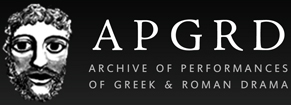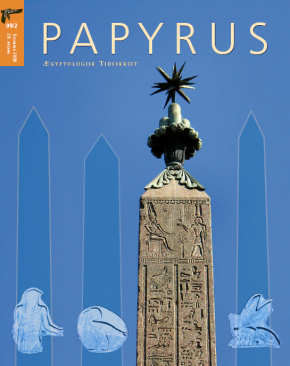The Journal of Septuagint and Cognate Studies (JSCS) formerly, The Bulletin of the International Organization of Septuagint and Cognate Studies (BIOSCS)
ISSN: 0145-3890
The International Organization for Septuagint and Cognate Studies produces an annual journal, the Journal of Septuagint and Cognate Studies) (JSCS). For issues 1 through 43, it was known as Bulletin of the International Organization of Septuagint and Cognate Studies (BIOSCS). With issue 44, the name changed to Journal of Septuagint and Cognate Studies. Under either name, the Journal is the periodical publication of the IOSCS. Eisenbrauns has published the Journal since Issue 34.Each issue contains articles, book reviews, notices of recent dissertations, and society information. The JSCS is indexed in the ATLA Religion Database, Old Testament Abstracts, and New Testament Abstracts.The Journal's Editor is Siegfried Kreuzer. An Editorial Board with native competence in French, German, and English assists the Editor with the peer-review process for articles submitted to the Journal, and with policy and procedures for the Journal. The current Board consists of Cécile Dogniez (Paris, France), Siegfried Kreuzer (Wuppertal, Germany), Alison Salvesen (Oxford, UK), and Glenn Wooden (Acadia Divinity College, Canada).The Journal is sent to every current member. For subscription information, please see our membership page. The major contents of the Journal are listed elsewhere in this website. Digitized copies of the first 33 volumes of the Journal are also available.Volumes 1 through 33 of the Bulletin of the International Organization for Septuagint and Cognate Studies(BIOSCS) are available in Adobe Acrobat (PDF) format. IOSCS itself printed these first 33 volumes. They are made available here with the kind assent of Eisenbrauns, which now publishes our Journal.IOSCS is thankful that Eisenbrauns took over professional publication of the Bulletin and now the Journal, beginning with volume 34. Printed back issues of many volumes of BIOSCS are in stock and available from Eisenbrauns.Beginning with volume 44, the Journal is known as the Journal of Septuagint and Cognate Studies(JSCS).
- Volume 1 (1968), originally mimeographed, is reprinted at the back of Volume 2
- Volume 2 (1969)
- Volume 3 (1970)
- Volume 4 (1971)
- Volume 5 (1972)
- Volume 6 (1973)
- Volume 7 (1974)
- Volume 8 (1975)
- Volume 9 (1976)
- Volume 10 (1977)
- Volume 11 (1978)
- Volume 12 (1979)
- Volume 13 (1980)
- Volume 14 (1981)
- Volume 15 (1982)
- Volume 16 (1983)
- Volume 17 (1984)
- Volume 18 (1985)
- Volume 19 (1986)
- Volume 20 (1987)
- Volume 21 (1988)
- Volume 22 (1989)
- Volume 23 (1990)
- Volume 24 (1991)
- Volume 25 (1992)
- Volume 26 (1993)
- Volume 27 (1994)
- Volume 28 (1995)
- Volume 29 (1996)
- Volume 30 (1997)
- Volume 31 (1998)
- Volume 32 (1999)
- Volume 33 (2000)
See the full List of Open Access Journals in Ancient Studies













































